A mystical, hidden place only serviced by two trains per day: secret gem, or portal to another world?
temple
Crafts, private art viewings, private lectures, exclusive tea tastings…you’ll want to do it all!
It’s quite normal to hear news of someone graffiting pieces of world heritage and feel a sense of outrage, but Kyoto’s Tandenan Temple actually encourages such scrawl. Our writer Masami grabbed a sharpie and went to check it out.
Tourists flock to Japan’s ancient capital of Kyoto during the cherry blossom-viewing days of spring, but equally stunning are the sights of brilliantly colored autumn leaves amidst ancient structures that have remained undisturbed for hundreds of years.
One particular temple, Rurikoin, stands on the edge of the city and is a paradise for photographers during the autumn months, as well as visitors who didn’t even know they had an artistic side yet spend hours playing with different lighting effects there. While Rurikoin is not always open for general admission from year to year, we’re in luck because this year the building will indeed open its doors for the span of one short month.
Fukuoka Prefecture is a major tourist destination in Japan, drawing people form all over the country all year round. But what’s unusual about the prefecture is that, despite its great many visitors, it doesn’t have any particularly famous sightseeing spots. Most people come for the food alone—a fact which should give you an indication of how good it is.
That’s why our reporter, Takashi Harada went in search of something worth gawking at in the otherwise wonderful land of Fukuoka and came across something that every visitor ought to see: the “World’s Largest Buddha statue” nestled deep in its mountains.
Last month we were delighted to hear that one of Kyoto’s most famous sight-seeing spots, Kiyomizudera, has an Instagram account. The thing about Kiyomizudera though, is that it’s not really just a tourist spot, it is a functioning temple serving hundreds of people every day and it’s a UNESCO World Heritage site. The site’s grandeur expands past the temple itself, to the beautiful surrounding scenery and view of the Kyoto cityscape, which can be enjoyed from the temple’s location, perched atop Mt. Otowa. Even the everyday religious events around Kiyomizudera are worthy of appreciation.
With all of this in mind, the temple has come out with an official Tumblr website, which they hope will allow viewers to not only see the temple through pictures, but to really feel and embrace its atmosphere.
Kiyomizu Temple is a UNESCO World Heritage site located in Higashiyama, Kyoto. Kiyomizu, which means “pure water,” takes its name from the waterfall which runs off the nearby hillside. However, it is perhaps most famous for its grand viewing veranda, a sort of stage on tall pillars that juts out of the hillside and commands beautiful views of the surrounding area. But a single visit to Kiyomizu doesn’t do it justice – you need to see it against a backdrop of cherry blossoms in springtime, bright red leaves in the autumn, and of course there’s the yearly illuminations! Luckily for those of us who don’t live in Kyoto, Kiyomizu Temple has set up its own dedicated Instagram account, and the photos that they’ve been uploading are completely breathtaking!
Here’s a familiar saying: “In Ancient Egypt, cats were worshipped as gods; they have never forgotten this.” Certainly in Japan, cats are still given a huge amount of respect, with entire islands of moggies being given free roam to peacefully exist in their own little kitty ecosystem. Of course, things aren’t perfect, and stray and abandoned cats are a sad reality in Japan as much as they are in many other countries. But today we’re here to appreciate the happy cats of Gotanjo temple in Fukui Prefecture, who are lovingly tended to by Buddhist monks and fawned over by the adoring tourists who come to visit. You can even get a special kitty cat fortune and see what’s in store for the coming year!
Moriyama-ku is an unassuming suburb of Nagoya city, backed by mountains and surrounded by forest park, which has in its midst an extraordinary hidden gem: a Tibetan Buddhist temple!
The female chief priest at Chambalin temple was trained at the sacred Jokhang monastery in Lhasa, Tibet, and she also holds the unusual honour of being the first Japanese woman to be ordained as a Tibetan chief priest.
Hearing this, our widely-travelled writer Mr. Kurosawa grabbed his reporter’s notebook and camera and headed down to take a look at this unique cultural property – and its adjoining Tibetan café.
A few years ago, a temple called Ryohoji in Tokyo’s Hachioji district started to use moe girls – cute-sexy adolescent anime characters – to promote the temple. They put up a new sign at the entrance with moe girls explaining the temple grounds. The temple has become a minor tourist destination for pilgrimaging otaku, and is commonly known as moe-dera (“moe temple”).
Until the moe temple came along, people interested in both Buddhist iconography and youthful cartoon girls had to enjoy their two hobbies separately. But now, the clever people at Ryohoji have come up with this official moe figure of Benzaiten. Maybe they thought the goddess needed a little anime improvement…
Doraemon in Nirvana: Chiang Rai’s White Temple like a beautiful, bad pop culture pipe dream 【Photos】
Approaching Wat Rong Khun, Chiang Rai’s so-called White Temple, is a surreal experience. It looks like a massive sculpture of ice and snow shimmering through Thailand’s tropical heat. But that effect barely scratches the surface of the weird at this Buddhist wat, where Doraemon hangs out with the Buddha, bushes are decorated with the decapitated heads of Freddie Kruger and Pinhead, and the penalty for smoking is eternal damnation.
January 31st marked the Lunar New Year, and this is a time when many flock to temples and light incense and pray for the new year.
China News, cited by Chinascope, reported that a temple in Zhejiang Province used this opportunity to jack up prices for the chance to light the first incense. The temple reportedly charged $19,470 to light the first incense.
While religious leaders around the world struggle to connect with increasingly secular youth, there is one buddhist temple in western Tokyo that has embraced “moe,” or painfully cute anime characters, and will capitalize on its status as “Geek Mecca” by opening up a maid cafe for two days in November.
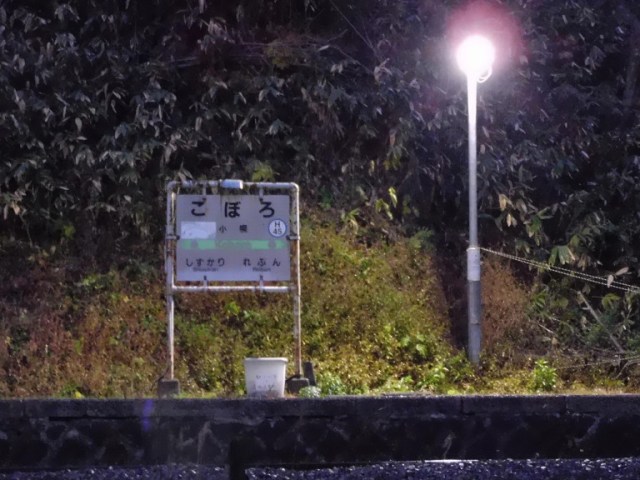
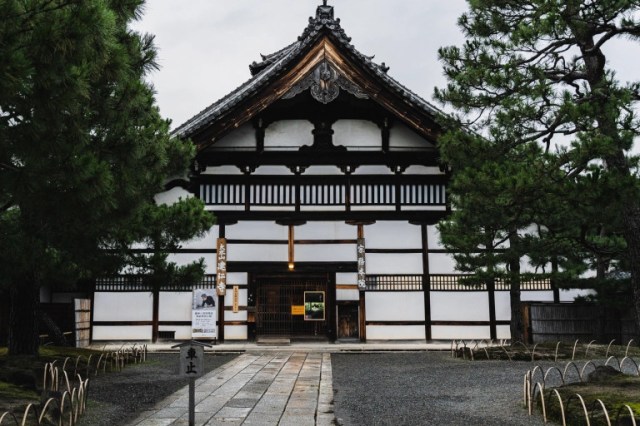
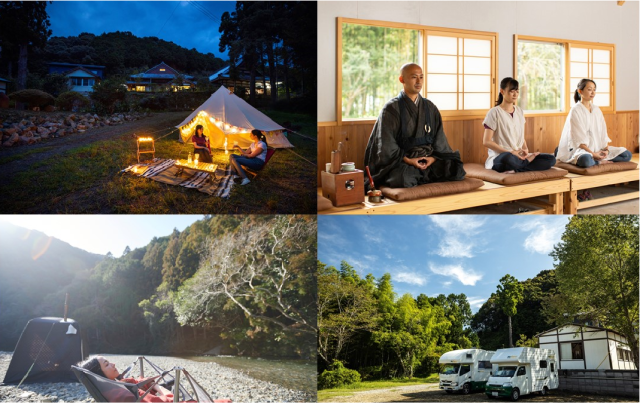
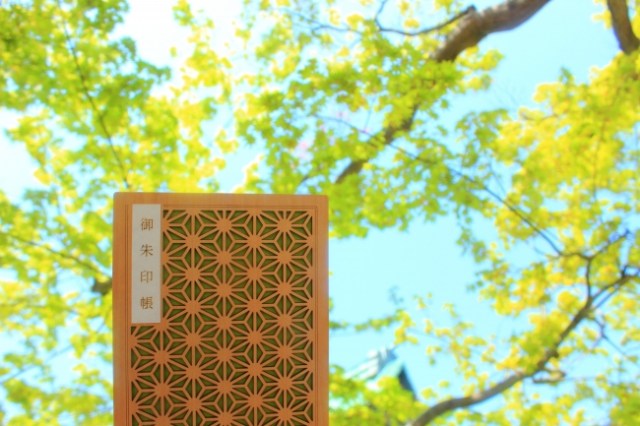
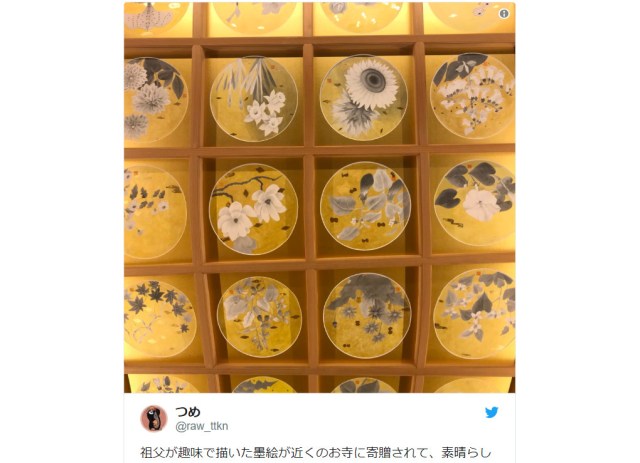
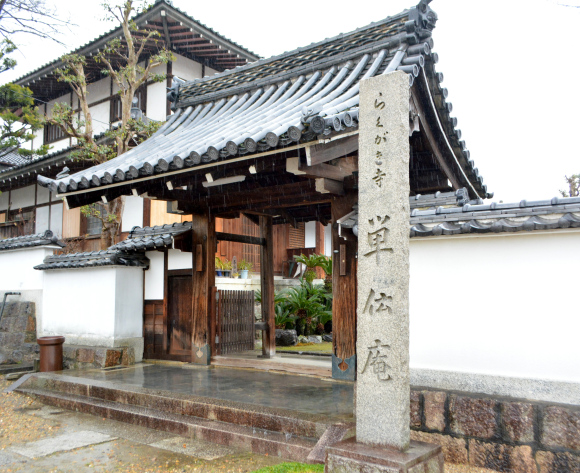
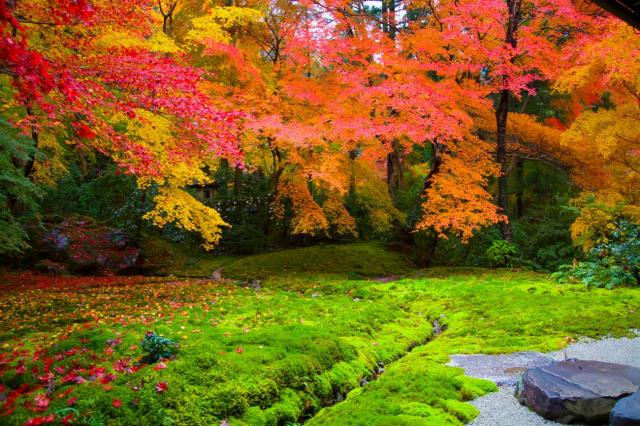
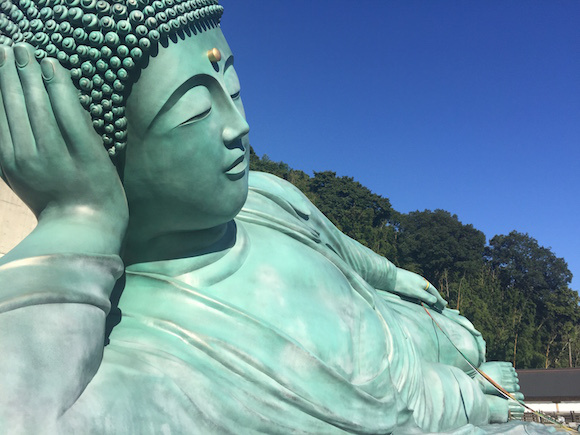
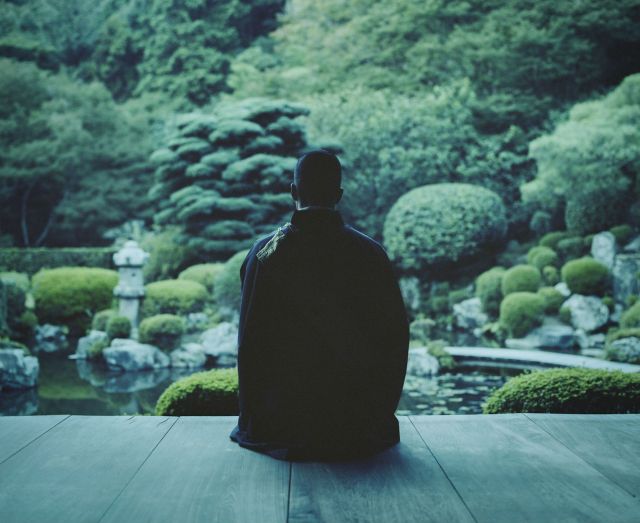
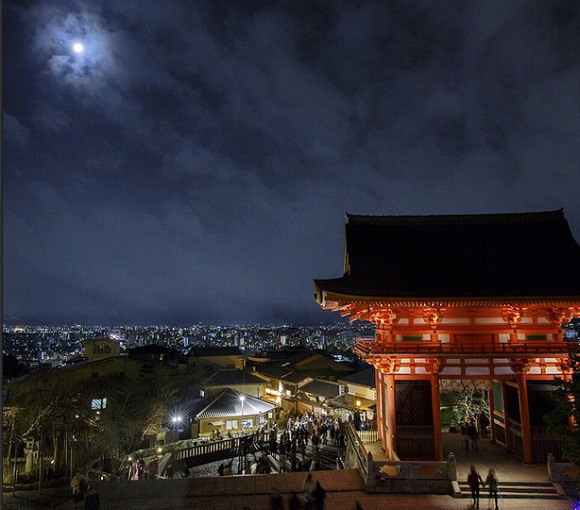
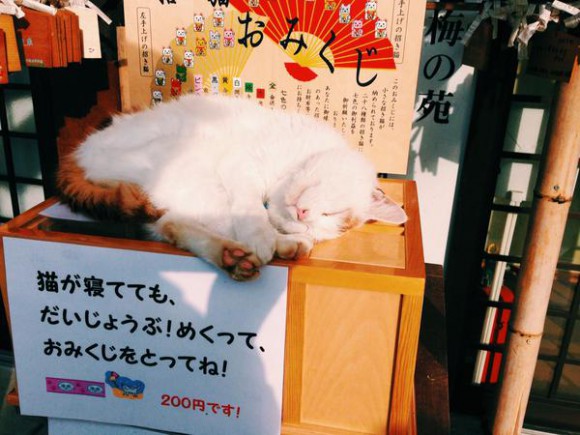
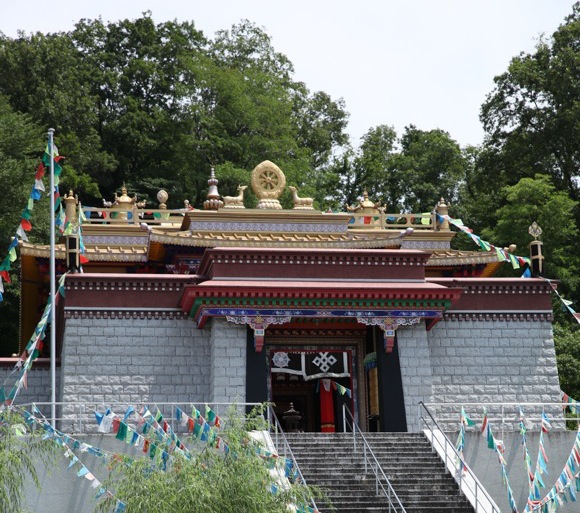
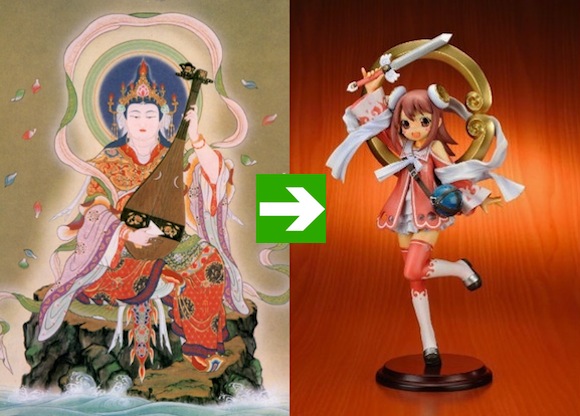
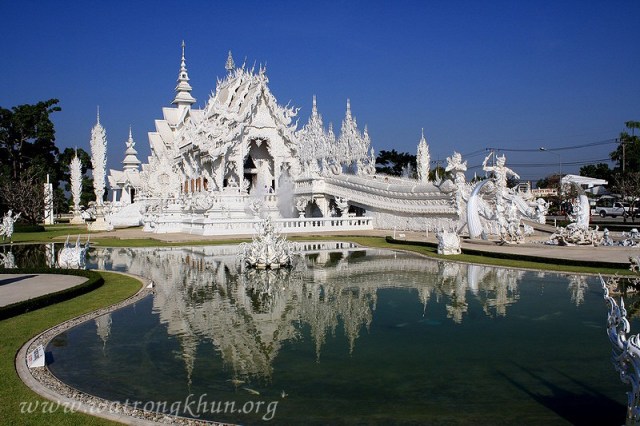
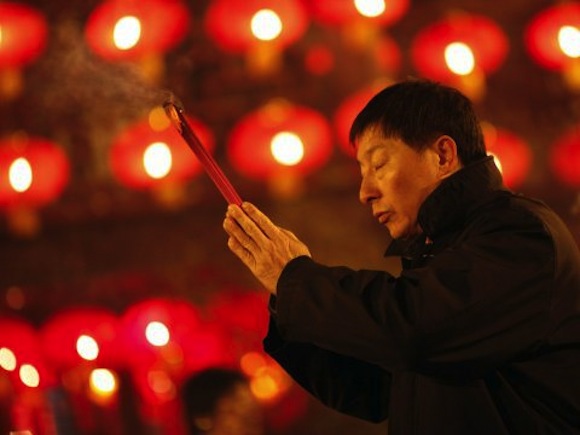
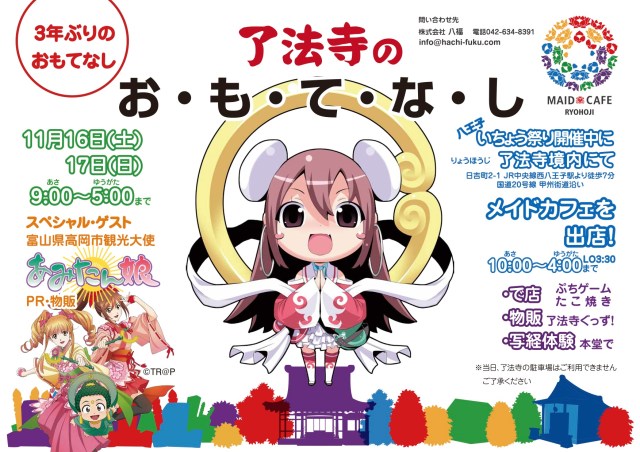
 Starbucks Japan ready to get Year of the Horse started with adorable drinkware and plushies【Pics】
Starbucks Japan ready to get Year of the Horse started with adorable drinkware and plushies【Pics】 Nagoya’s dark-red miso has continued to capture tastebuds for generations
Nagoya’s dark-red miso has continued to capture tastebuds for generations Neo Shinjuku Atsushi: New cyberpunk restaurant bar serves post-apocalyptic food in Tokyo
Neo Shinjuku Atsushi: New cyberpunk restaurant bar serves post-apocalyptic food in Tokyo Six things to avoid doing in the first three days of the Japanese New Year to have the best luck
Six things to avoid doing in the first three days of the Japanese New Year to have the best luck Japan’s otoshidama tradition of giving kids money at New Year’s gets a social welfare upgrade
Japan’s otoshidama tradition of giving kids money at New Year’s gets a social welfare upgrade Japanese thug wear from Birth Japan perfect for those breaking bad next year
Japanese thug wear from Birth Japan perfect for those breaking bad next year Major Japanese noodle chain is closing on Christmas Eve so workers can spend time with families
Major Japanese noodle chain is closing on Christmas Eve so workers can spend time with families Lacquerware supplier to emperor of Japan and Pokémon team up for new tableware
Lacquerware supplier to emperor of Japan and Pokémon team up for new tableware 7-Eleven Japan’s ramen-cooking robot whipped us up a bowl of noodles【Taste test】
7-Eleven Japan’s ramen-cooking robot whipped us up a bowl of noodles【Taste test】 Japan’s oldest largetooth sawfish in captivity back on display in Mie Prefecture
Japan’s oldest largetooth sawfish in captivity back on display in Mie Prefecture Japan may add Japanese language proficiency, lifestyle classes to permanent foreign resident requirements
Japan may add Japanese language proficiency, lifestyle classes to permanent foreign resident requirements Cyberpunk anime meets traditional culture in Ghost in the Shell gold leaf Japanese changing screens
Cyberpunk anime meets traditional culture in Ghost in the Shell gold leaf Japanese changing screens Disillusionment at Tsukiji’s tourist-target prices led us to a great ramen restaurant in Tokyo
Disillusionment at Tsukiji’s tourist-target prices led us to a great ramen restaurant in Tokyo 7 great places to see Mt. Fuji from without having to climb it
7 great places to see Mt. Fuji from without having to climb it Hello Kitty Choco Egg figures are an adorable trip through three periods of Japanese pop culture【Pics】
Hello Kitty Choco Egg figures are an adorable trip through three periods of Japanese pop culture【Pics】 Starbucks Japan releases new zodiac chilled cup drink for 2026
Starbucks Japan releases new zodiac chilled cup drink for 2026 7-Eleven Japan starts new temporary luggage storage service in over 300 branches
7-Eleven Japan starts new temporary luggage storage service in over 300 branches Starbucks teams up with 166-year-old Kyoto doll maker for Year of the Horse decorations【Photos】
Starbucks teams up with 166-year-old Kyoto doll maker for Year of the Horse decorations【Photos】 Tokyo considering law requiring more trash cans following litter increase in heavily touristed area
Tokyo considering law requiring more trash cans following litter increase in heavily touristed area Tokyo’s Tsukiji sushi neighborhood asks tour groups to stay away for the rest of the month
Tokyo’s Tsukiji sushi neighborhood asks tour groups to stay away for the rest of the month Nintendo’s Kirby now delivering orders at Kura Sushi restaurants, but not in Japan
Nintendo’s Kirby now delivering orders at Kura Sushi restaurants, but not in Japan Tokyo event lets you travel back in time, for free, to celebrate 100 years since Showa era start
Tokyo event lets you travel back in time, for free, to celebrate 100 years since Showa era start Sanrio theme park in Japan announces plans to expand into a Sanrio resort
Sanrio theme park in Japan announces plans to expand into a Sanrio resort Stamina-destroying “Paralysis Noodles” are Tokyo’s newest over-the-top ramen innovation
Stamina-destroying “Paralysis Noodles” are Tokyo’s newest over-the-top ramen innovation Survey asks foreign tourists what bothered them in Japan, more than half gave same answer
Survey asks foreign tourists what bothered them in Japan, more than half gave same answer Japan’s human washing machines will go on sale to general public, demos to be held in Tokyo
Japan’s human washing machines will go on sale to general public, demos to be held in Tokyo Japan’s deadliest food claims more victims, but why do people keep eating it for New Year’s?
Japan’s deadliest food claims more victims, but why do people keep eating it for New Year’s? We deeply regret going into this tunnel on our walk in the mountains of Japan
We deeply regret going into this tunnel on our walk in the mountains of Japan Studio Ghibli releases Kodama forest spirits from Princess Mononoke to light up your home
Studio Ghibli releases Kodama forest spirits from Princess Mononoke to light up your home Major Japanese hotel chain says reservations via overseas booking sites may not be valid
Major Japanese hotel chain says reservations via overseas booking sites may not be valid Put sesame oil in your coffee? Japanese maker says it’s the best way to start your day【Taste test】
Put sesame oil in your coffee? Japanese maker says it’s the best way to start your day【Taste test】 No more using real katana for tourism activities, Japan’s National Police Agency says
No more using real katana for tourism activities, Japan’s National Police Agency says Starbucks Japan reveals new sakura drinkware collection, inspired by evening cherry blossoms
Starbucks Japan reveals new sakura drinkware collection, inspired by evening cherry blossoms Updated cherry blossom forecast shows extra-long sakura season for Japan this year
Updated cherry blossom forecast shows extra-long sakura season for Japan this year Japanese thug wear from Birth Japan perfect for those breaking bad next year
Japanese thug wear from Birth Japan perfect for those breaking bad next year Major Japanese noodle chain is closing on Christmas Eve so workers can spend time with families
Major Japanese noodle chain is closing on Christmas Eve so workers can spend time with families Lacquerware supplier to emperor of Japan and Pokémon team up for new tableware
Lacquerware supplier to emperor of Japan and Pokémon team up for new tableware 7-Eleven Japan’s ramen-cooking robot whipped us up a bowl of noodles【Taste test】
7-Eleven Japan’s ramen-cooking robot whipped us up a bowl of noodles【Taste test】 Japan’s oldest largetooth sawfish in captivity back on display in Mie Prefecture
Japan’s oldest largetooth sawfish in captivity back on display in Mie Prefecture This is Japan’s, and the world’s, first capsule hotel, and you can still stay there
This is Japan’s, and the world’s, first capsule hotel, and you can still stay there We visited a “terrible” Japanese hot spring hotel near Narita Airport
We visited a “terrible” Japanese hot spring hotel near Narita Airport Hello Kitty Choco Egg figures are an adorable trip through three periods of Japanese pop culture【Pics】
Hello Kitty Choco Egg figures are an adorable trip through three periods of Japanese pop culture【Pics】 Toto to release next-gen Japanese toilet tech that scans and keeps track of your poop
Toto to release next-gen Japanese toilet tech that scans and keeps track of your poop Happy New Year from SoraNews24!
Happy New Year from SoraNews24! We try all-you-can-eat raw eggs for 730 yen, turns out to be way better than it sounds
We try all-you-can-eat raw eggs for 730 yen, turns out to be way better than it sounds How well do you know your sushi? New 3-D puzzle toy from Japan helps you become a salmon pro
How well do you know your sushi? New 3-D puzzle toy from Japan helps you become a salmon pro Singing and dancing lessons, too!? An inside-look at a Tokyo voice acting academy
Singing and dancing lessons, too!? An inside-look at a Tokyo voice acting academy Is it OK to buy multiple shrine charms in Japan, or will it make the gods angry at you?
Is it OK to buy multiple shrine charms in Japan, or will it make the gods angry at you?